Something strange happened during the Safari Rally Kenya weekend. Something that went against conventional wisdom.
There it was, showing up in the social media feed. To my surprise, there were cries that the Safari didn’t belong on the World Rally Championship calendar. Not now. Not anymore.
Put aside for a moment the rational, logical counterarguments to that point. Why doesn’t that make sense from the outset?
Usually it’s the rose-tinted glasses brigade harping on about how the old days were better that shout the loudest. They want to go back. Here’s the thing: Safari is still the old days.
Repackaged for the modern era, sure. But as Michèle Mouton was keen to point out, it retained the DNA of Safaris past. A taste of Africa, I believe her phrasing was.
That old Safari was known for its long distances. It was a very literal test of endurance.
So was this one. Just not one measured in miles or kilometers.
Rally scholars don’t come more studied than Jari-Matti Latvala. There is nothing worth knowing in WRC history that isn’t in that noggin of his. He’s a sensible place to start for a History 101 lesson, then.
“In the 90s, this rally was very long and very hard but the speeds were different. Now it’s more like a sprint compared to that event,” Latvala articulates to DirtFish, gearing up for a long, detailed lesson. We’ll get back to that.
Most of us knew this starter for 10 already, of course. But getting confirmation from Professor Latvala is always a useful assurance.
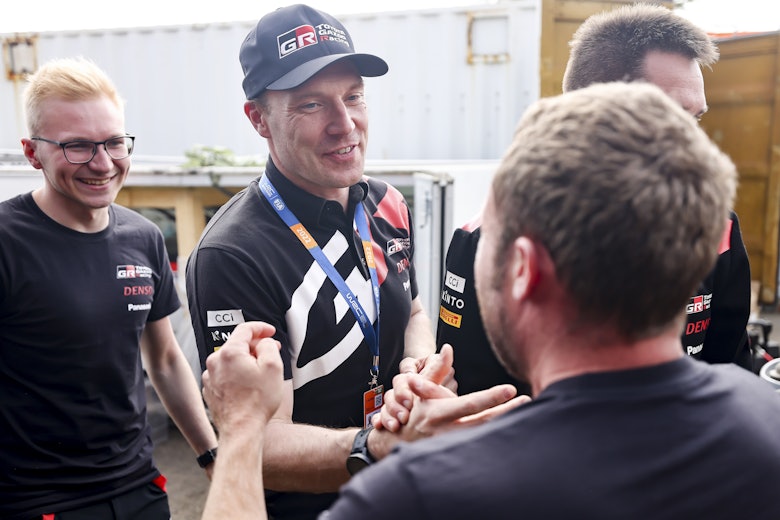
There’s a fairly simple equation at play with old-spec Safari, regardless of how rough the roads may be: more mileage means more opportunity for something to go wrong. Whether that’s a driver error, a mechanical breakdown, a puncture or some other act of God, keeping it short should keep it simpler.
This Safari was short, in historical terms. But it was not simple.
Hyundai is probably quite glad today’s Safari is a ‘sprint’ event. Its cars simply could not handle the roads. Air filters repeatedly clogged on all three cars, Solberg limping to the finish on the final day, plus Tänak’s propshaft ending his podium hopes. On old-spec Safari they’d have probably run out of spare parts, such was the rate they were cycling through air filters.
There used to be a solution to this, of course. Take it away, Jari-Matti. Class is in session:
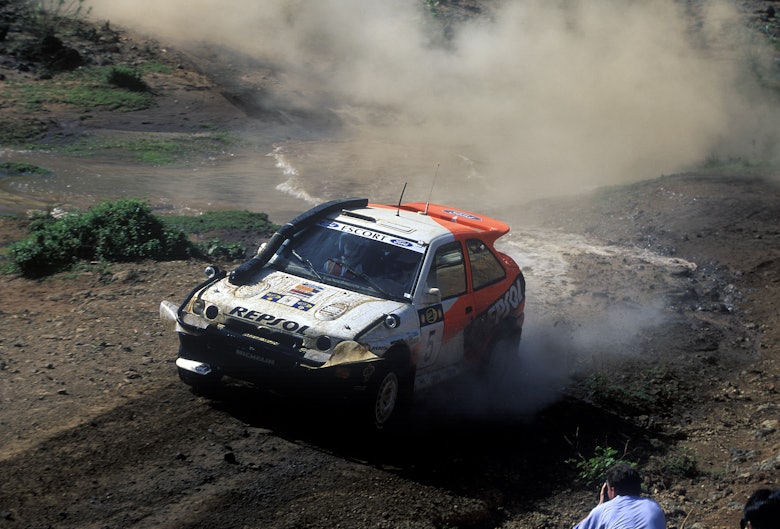
“In the 1990s you built cars that were especially made for the Safari. Now you have to face it with these cars, which needs to be the same as in Europe.
“You don’t have the snorkels, you don’t have the bullbars, you don’t have the stronger [suspension] arms, the stronger body and chassis. That makes it harder, when you still have the same speed of Safari, similar difficulties as back then.”
No wonder Hyundai failed so badly, then. Its car was barely holding together in one piece in Europe, never mind Africa.
In the end it was this that proved the key to Toyota’s 1-2-3-4 in Kenya. When it did it the last time, in 1993, the Celica ST185s were in full Safari spec. Snorkels, bullbars, the works.
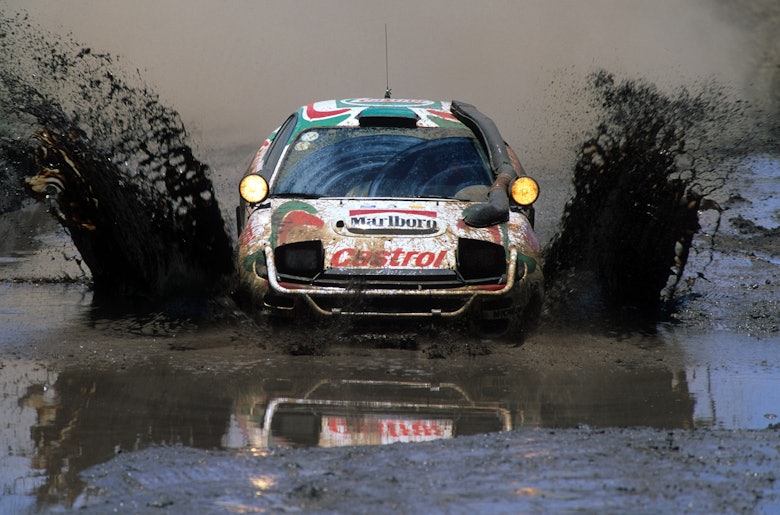
But today’s team budgets are lower and the day of Safari-spec cars are gone forever. Despite this, the problems crews face are fundamentally the same two decades later. This Safari was a sprint in distance, yes. But it’s no sprint in spirit.
The main complaint, of course, is that it becomes a bit random. It’s all down to reliability. You’re not testing which driver is the fastest – you’re just seeing who has the luck of the Irish (which, frustratingly for Craig Breen, deserted him completely).
But random it was not. The only driver who can legitimately claim to be hard done by through luck and luck alone was Sébastien Ogier. The two minutes he lost stopping to change a wheel was his only major misfortune – though he got away with it slightly on Sunday’s first stage when his clutch stopped working in the deep fesh-fesh sand.
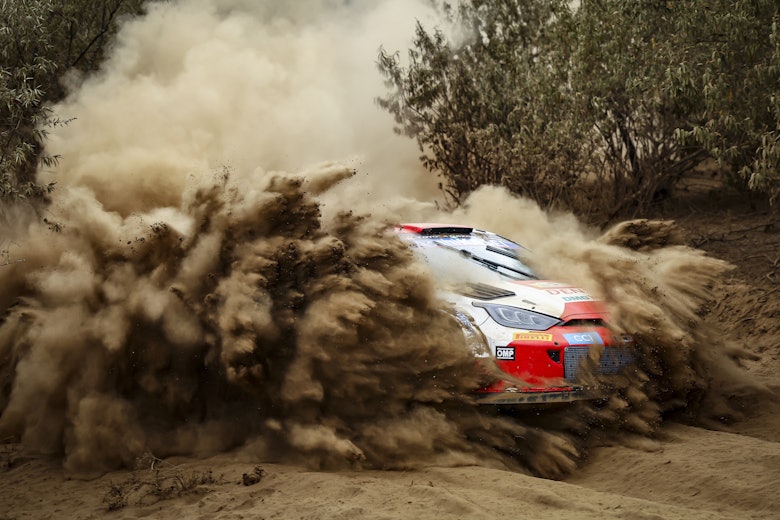
Ogier aside, consider the evolution of the leaderboard as the stages passed by.
Loeb was the first major contender to fall with an electrical fire triggered by a leaky O-ring. Tänak’s propshaft failed the next day. Then Neuville encountered the air filter problem multiple times, had his alternator throw a strop, get stuck and then hit a tree.
Take those three out of the equation and you’ve removed every driver with a WRC win to their name that’s not driving a Toyota.
With the herd thinned, we ended up back in a familiar place. Rovanperä vss Evans. Funny that. A rally unlike any other and yet, somehow, the exact same battle that played out in Sweden and Portugal for victory. And it went the same way in Kenya as it had the first two times.
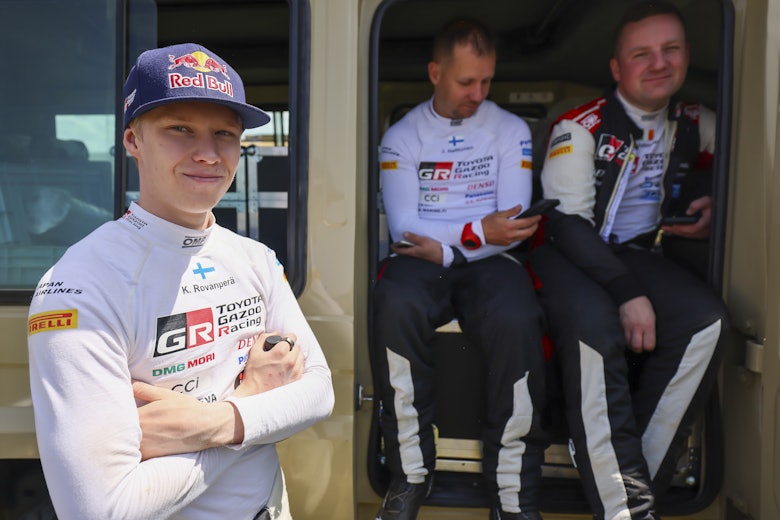
Debeaded tires came into play there, of course. It dropped Evans a few seconds each time it happened. But it wasn’t responsible for the entire gap.
What made the difference? Rain. A hark back to a Safari image of years past – think Japanese sedans skating along the mud. Now Rovanerpä was doing it in a Yaris – and doing it better than everyone else. His run on the second pass of Elmenteita, where he trounced the field by 11.2 seconds, showed that he was at the top on merit alone.
But, of course, it wasn’t a sprint. Rovanerpä had very nearly learned that the hard way by chucking it off the road at the very first corner of the rally, the Thursday superspecial.
That was a useful wakeup call. A near-roll was a reminder that this place would punish you for thinking that just because the itinerary was shorter that it wasn’t as tough as the old days.
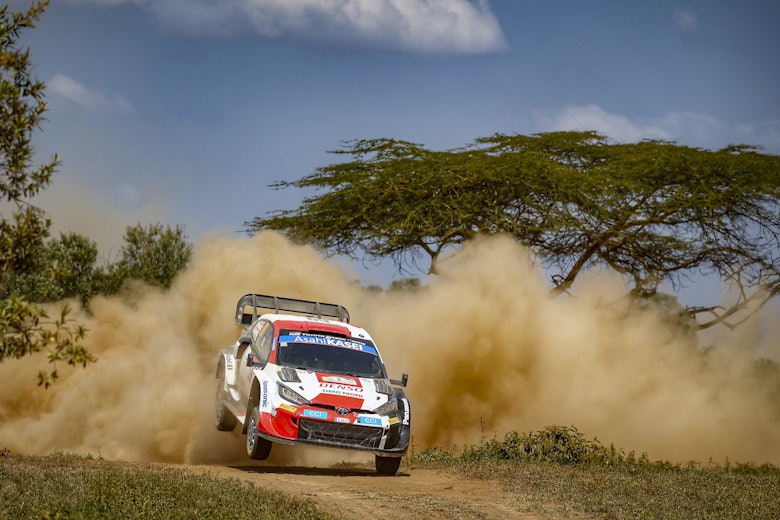
That misjudgement was one the professor had warned his students against.
“With these cars, the suspension gives you the feeling that you can go flat out everywhere,” warned Latvala. “But actually, you can’t because you break the car, so the drivers need to understand what the limit of the car is.”
Toyota’s drivers did not break their cars. They were smart. They were sensible. At times, they were not fast – not least the powerstage, where they cruised to the finish to lock down their history-making top four lockout.
But all four were undoubtedly helped by the folks in Jyväskylä, who appear to have designed and built the most reliable Rally1 car in the world.
And that, in true Safari style, was the real battle for victory in Kenya. Not Rovanperä vs Tänak and Neuville. But Toyota vs Hyundai. Just like the old days.
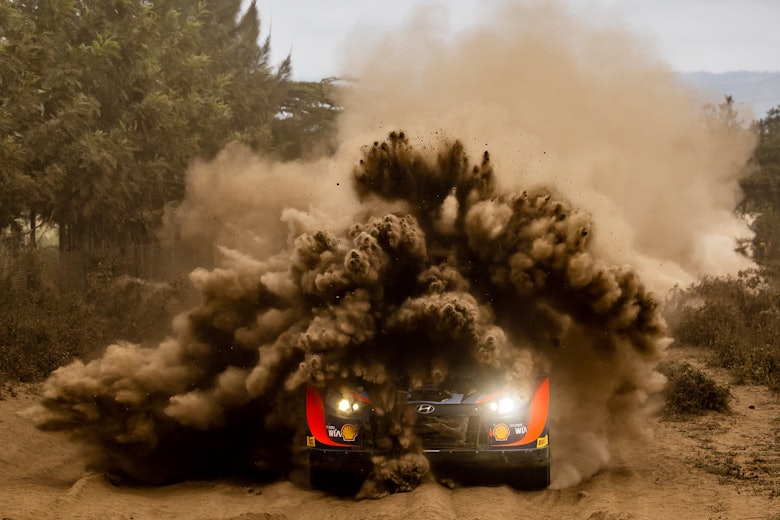
As Latvala would likely be quick to point out, once upon a time there was no drivers’ championship. It was all about the manufacturers. Whose car could take the most punishment and reach the finish? Which motor had the legs to go the full distance? That’s what mattered. The drivers got no shiny championship trophy for being the best over the year for most of the 70s.
That the modernized version of Safari provided the platform for 1993 to come flooding back, not only in the character of stages but retaining the most important factors for victory from the old days, is why it belongs on the calendar.
Toyota brought the best car for the Safari. It dominated. That was the whole point of rallying in the first place. Has it been so long that we’ve forgotten?
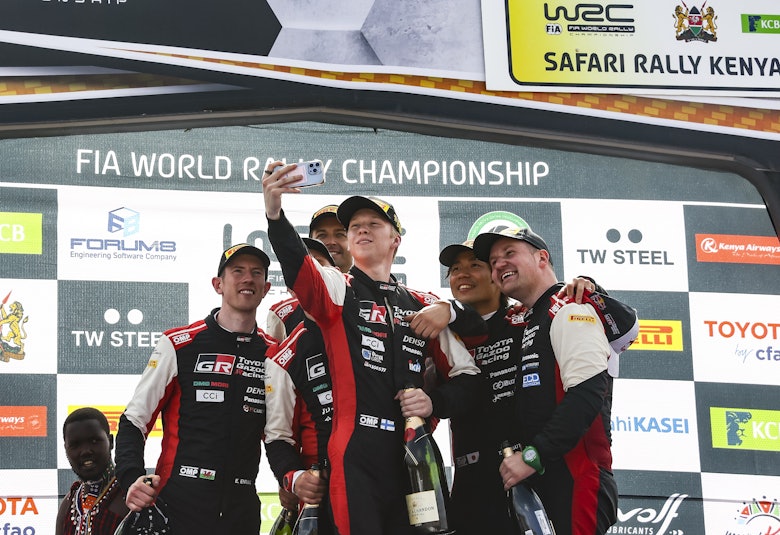
And yet, with that in mind, the fastest driver, the one who used the equipment at his disposal to make a difference against his rivals in equally reliable machinery, won anyway.
How’s that for conventional wisdom?
See you next year, Kenya. You’re not going anywhere.





